Panel 13 – Heritage
Local Aboriginal heritage contains the details that connect Aboriginal people to particular places.
Most of the indigenous culture in this area was wiped out with those killed in the early stages of the European invasion of this area. The Aboriginal people and communities living in this area today collectively have connections to many other places in Victoria and other places in Australia.
“Although our roots may be in another area we are the custodians of the local Aboriginal heritage of this area. From the time of European invasion the local heritage of this area has a special significance to us all no matter where we are from. It is this period of our heritage that this exhibition is focusing on retrieving.”
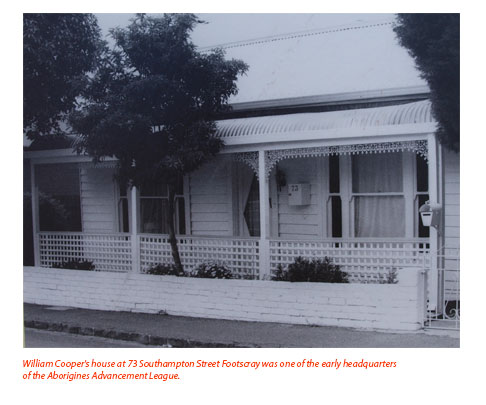
“The role that European Animals have played in Australia’s History has received recognition under Euro Australian history. There is no recognition under the cultural heritage acts of the important role that plants, animals, birds and reptiles have and continue to play in Aboriginal culture.
Within every Aboriginal grouping, animal totems were a part of our law making, they played an important part in teaching, food gathering, implement making, ceremony, and creation.
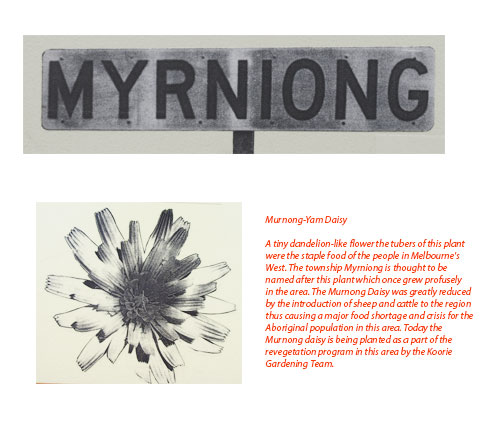
Aboriginal heritage is very complex and cannot be divided into separate categories. For example, plants were not just utilised as food, medicine or implements. The seasonal changes in a plant’s development were read as indicators; to the best time for hunting, and to determine when particular animals were breeding. For example, when the wattle flowers fall it is time to fish for eels. Eels feed on a particular grub that lives in the Wattle flowers, if there are no eels around it is possible that something is wrong or affecting the wattles and therefore the eel population.
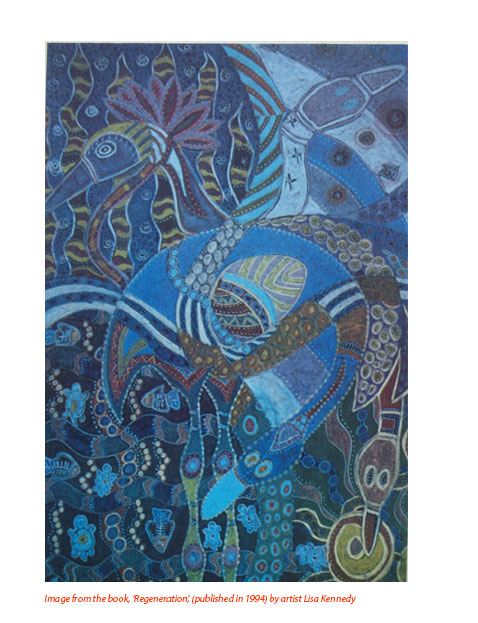
Aboriginal people have no control at present, within the Federal and State government’s heritage and environmental legislation over these important parts of our local histories and cultures.
Through our employment and development of the Koorie Gardening Team out here in the Western suburbs, together we are telling our stories of and maintaining our culture whilst preserving our history.”
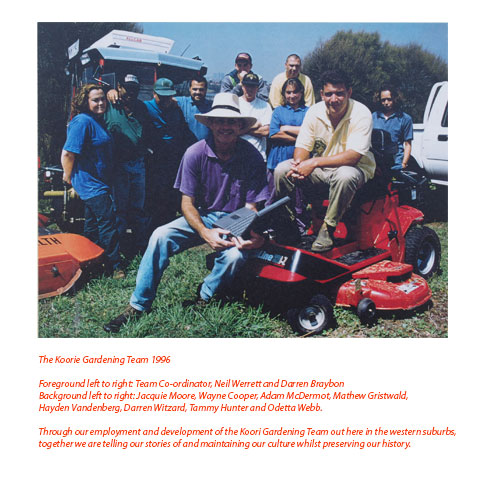
A review of the 1984 Cultural Heritage Act of Victoria in 1996 failed to include both the protection of flora and fauna as Aboriginal cultural heritage and it also failed to include the identification and protection of post-European sites of significance to Aboriginal people as Aboriginal cultural heritage. The Aboriginal cultural story continues and many places and events in modern times have taken on a significant cultural significance that needs to be addressed.
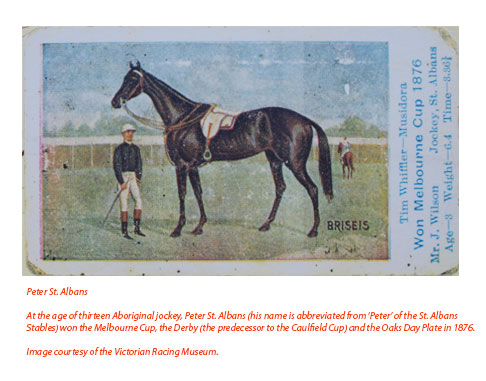
“The 1984 Aboriginal and Torres Strait Islander Heritage Protection Act, if read, really seems to say that something, whether it be an artefact, a midden, a language story, a painting or a significant site, must be over 200 years old or of pre-European times to be worth saving.
If one looks at the places where Aboriginal people worked and lived within cities since European invasion they seem to have no value under the national legislation as it stands at the moment.
There is no recognition within this state for the meeting places of the Aboriginal people who started the modern Aboriginal political movement in the 1930s. Which in 100 years from now will feature in Australia’s History.
There is still little recognition of the Aboriginal resistance fighters of the 1800s or those since then.
In the 200 years since European invasion there have been events, places and people that have made significant contributions to both the Aboriginal people’s history and culture and to Australia’s history and culture.
Many examples exist throughout Australia, examples such as the headquarters where people such as William Cooper (Melbourne (Footscray) Victoria), William Ferguson (Sydney N.S.W.), Faith Bandler {Queensland) began the call for Aboriginal people to be accepted as citizens of this country.
Another political and historical event was when they took all the “mixed blood” Aboriginal people they could find, and put them into Orphanages. There are however many significant stories of the Aboriginal people who were put through this system. Seldom have the sites relating to this history of these people been recorded or adequately acknowledged or even identified.
This is all part of Australia’s heritage and history that has been denied for so long. Still not enough people in Australia can and will discuss this history, it is in fact the ‘Dark Ages’ of Australia’s history.
Most of the National and State Aboriginal Culture and Heritage acts do not include Aboriginal sites, culture and history since the coming of the European Invaders.
A major difficulty in defining what is Aboriginal heritage has to do with who controls, owns, identifies and most importantly protects what is Aboriginal heritage. This also applies to the communities in the west of Melbourne today when trying to reclaim our local Aboriginal heritage.
Because Aboriginal history has been either forgotten or denied for so long by the rest of Australia, the Aboriginal people have little faith in trusting non Aboriginal people to be in some way, responsible for or involved, in their history and heritage.
It is time to be asking Aboriginal people “what, and how” this site work development should/could be done in their locality and what type of safeguard they want to see put in place, This is a way of building trust between the non Aboriginal people and Aboriginal communities.
Ownership and control and distribution of Aboriginal Heritage must be primarily placed in the hands of Aboriginal people.
These are the area’s that the present and future generations of Aboriginal people must and will lobby for.
Until these discussions and recognition of Aboriginal history is done, it will be impossible for Aboriginal people to accept that the riches of their heritage is also a part of Australia’s Heritage.”
Larry Walsh 1996
